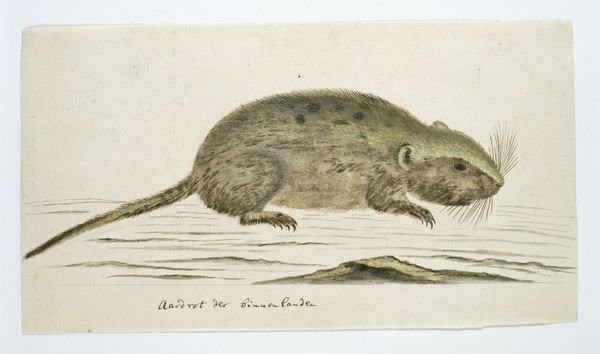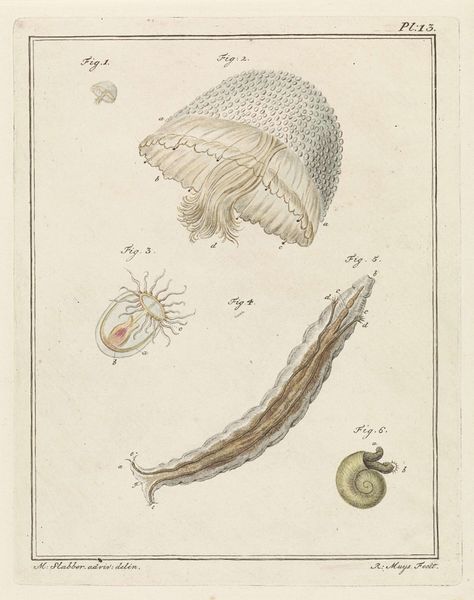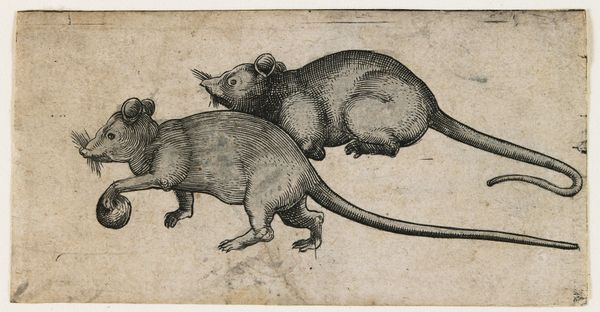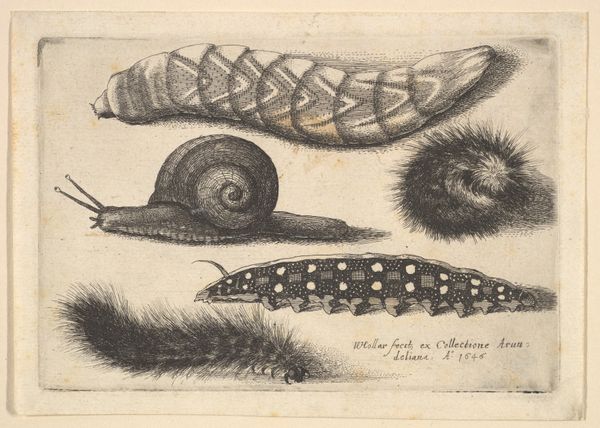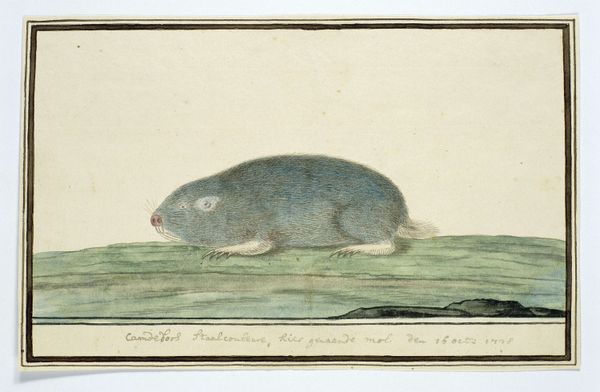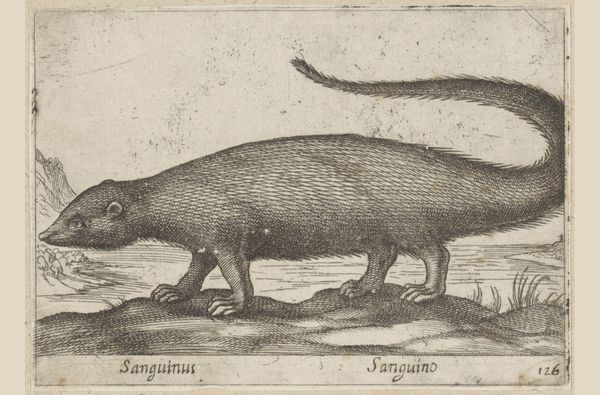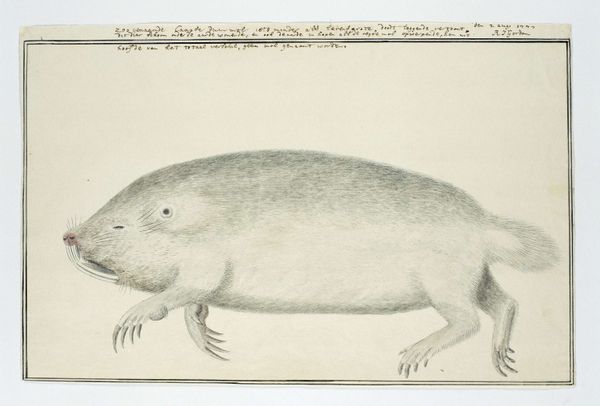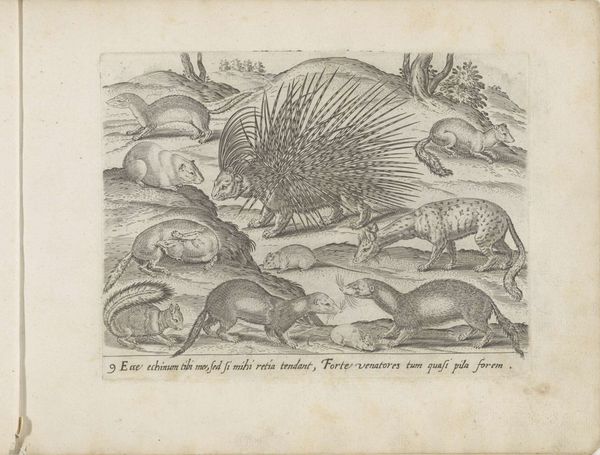
drawing, paper, ink, pencil
#
pencil drawn
#
drawing
#
pencil sketch
#
paper
#
11_renaissance
#
ink
#
pencil drawing
#
pencil
#
realism
Dimensions: height 184 mm, width 271 mm, height 229 mm, width 290 mm
Copyright: Rijks Museum: Open Domain
Lambert Lombard created this album sheet with two armadillos in pen, ink, and watercolor. Lombard lived at a time when the “New World” and its inhabitants, animal and human, were being discovered and subsequently exploited. The armadillos, rendered in careful detail, embody a complex interplay of curiosity, scientific inquiry, and colonial power. What does it mean to categorize and document a living being? How is the perception of the animal informed by the cultural and political narratives of the time? The armadillos become stand-ins for all the wonders and horrors colonialism wrought. The violence of taxonomy, of naming, ordering, and thus mastering the natural world. Consider the emotional life of the animals on display. Lombard’s armadillos evoke a sense of wonder and perhaps, a touch of melancholy as they are taken from their homes and displayed as curiosities. This image compels us to reflect on the intricate relationship between humans and the natural world. It invites us to think about the politics of representation and the ethics of looking.
Comments
rijksmuseum about 2 years ago
⋮
Armadillos are found in South America and are recognizable by their ‘armor’, or shell, consisting of ossified dermal plates. The unknown artist responsible for this sheet drew two species of the creature: a ninebanded, and a three-banded armadillo. Because of its unusual appearance, in the course of the 16th century the armadillo became the symbol of the newly discovered America. It was often depicted on prints and maps, and dried specimens were collected in cabinets of curiosities.
Join the conversation
Join millions of artists and users on Artera today and experience the ultimate creative platform.
